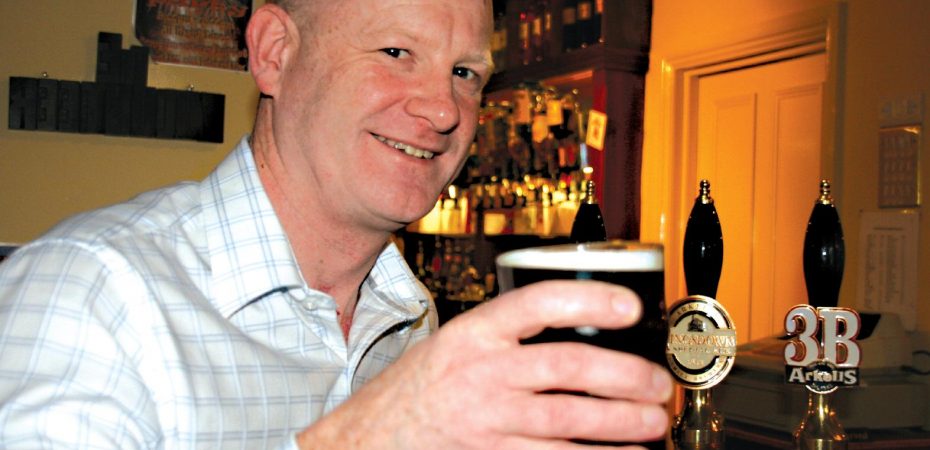One beer can define a style. In the mid-19th century, a golden lager beer from Pilsen not only revolutionised brewing on a world scale but gave its name to a style: pilsner or pils for short. In Britain, a strong ale called Extra Special Bitter, brewed by Fuller’s in west London, spawned a style with such success that ESB is now a specialist category by itself.
ESB was the beer that came out from the closet. Many breweries for years produced extra strong ales with limited distribution. I visited many breweries where, at the end of the tour, I would be invited to sample “a small glass of something special we make for internal consumption.” For example, while it just falls outside this category, Courage Directors Bitter (4.8%) was first brewed at the Alton Brewery in Hampshire solely for the directors of the company.
The closet door opened in the 1970s when Fuller’s ESB caught drinkers’ fancy to such an extent that it has regularly picked up prizes in the Champion Beer of Britain competition. The beer started life as a winter ale in 1969 and became a regular brew two years later. It has been named overall Champion Beer of Britain three times and is renowned for its classic Fuller’s house style of a deep, rich fruitiness balanced by tangy hops Fuller’s in recent years has embarked on a vigorous export drive in the United States where the success of ESB encouraged many American craft breweries to launch their own interpretations of the style.
In mainland Europe there is less reticence about strong beers. They are part of the everyday drinking experience. In Belgium in particular, with its deep-rooted beer culture, strong beers reflect a period in the early 20th century when a limited form of prohibition banned the sale of spirits in bars. Brewers responded by producing strong beers that soothed the loss felt by brandy, gin and whisky drinkers.
The success of extra strong beers has encouraged brewers to pay greater attention to how such beers are made. One objection in the past was that strong beers tended to be sweet and cloying, with a barley sugar flavour from the large amount of malt used. Brewers turned to the hop for help. A generous addition of hops in the copper, the hop back and even in the cask tempers the richness and sweetness of the beer.
The careful blending of malt and hops, and the balance of sweetness, fruit and bitterness make this style one that constantly surprises and delights. But strength can create problems. In 2004 Fuller’s made some small changes to the way ESB was brewed as a result of a slight fall in sales. Market research showed that some drinkers rejected ESB on the grounds that it was too strong. It is a curiosity of beer drinking that people will down several glasses of strong lager of 5% or more but will baulk at an ale of similar strength.
Head brewer John Keeling and his team tackled the problem by keeping the strength of ESB at 5.5% but extended the time the beer matures in the brewery before going out to trade. Following fermentation, the beer rests for 21 days in conditioning tanks on a deep bed of Goldings hops. The result is an increased peppery hop note that better balances the beer’s intense fruitiness. The brewery cleverly developed a new branded glass for ESB that looks like an over-sized half-pint measure but which actually contains a full pint. It makes a glass of the beer seem less daunting to drinkers worried about its strength.
Article is from Beers of the World Magazine issue 16

